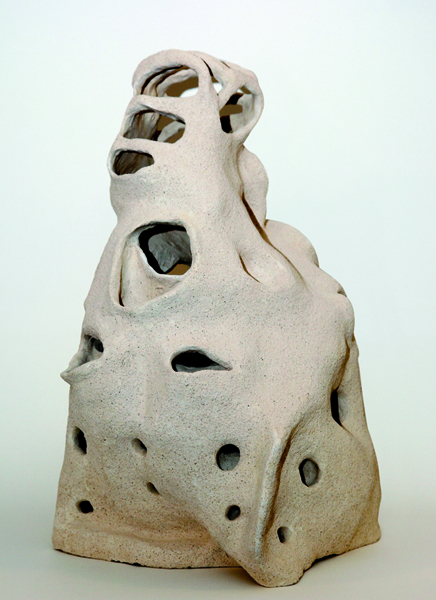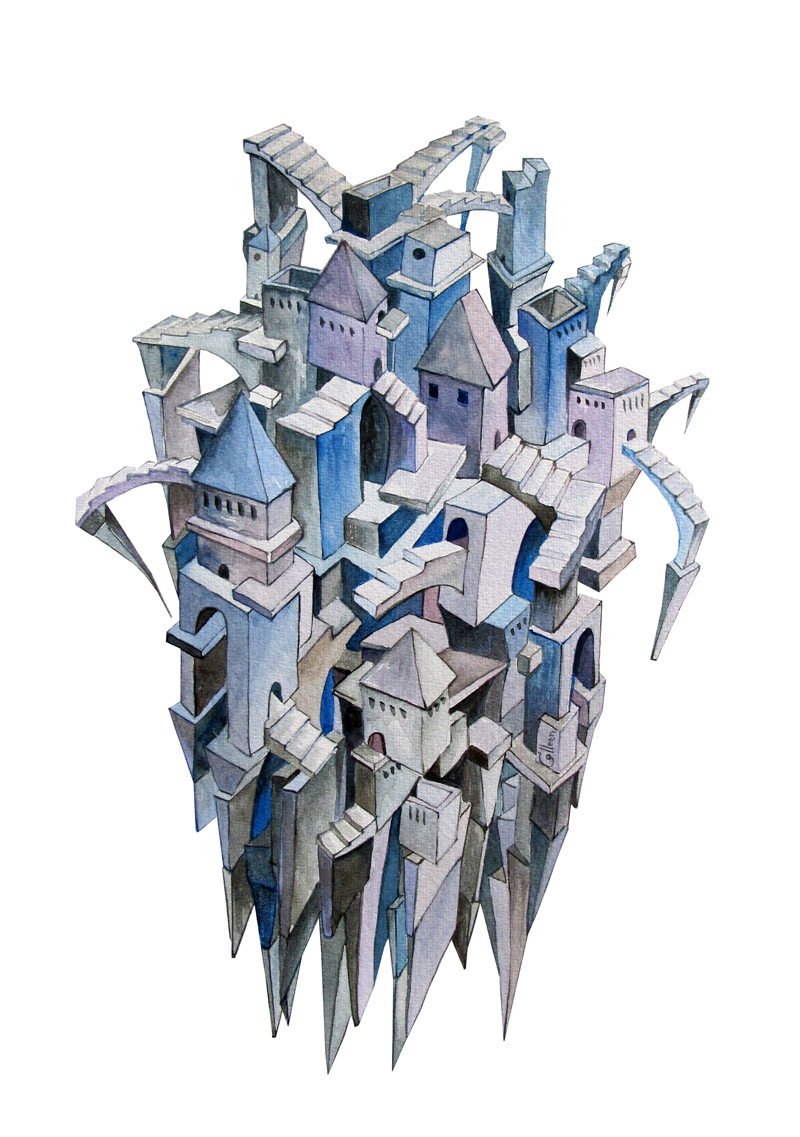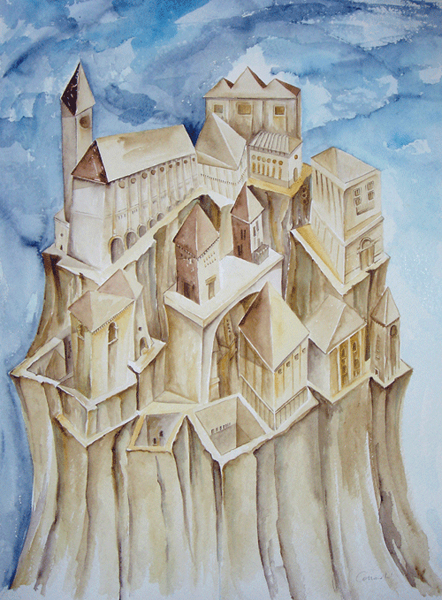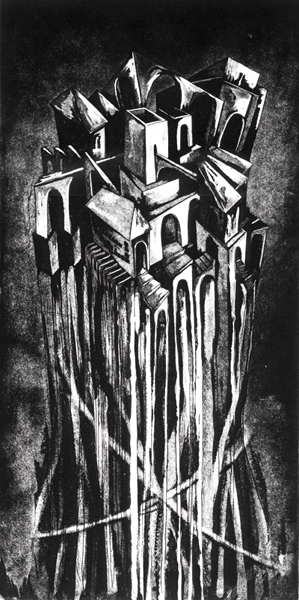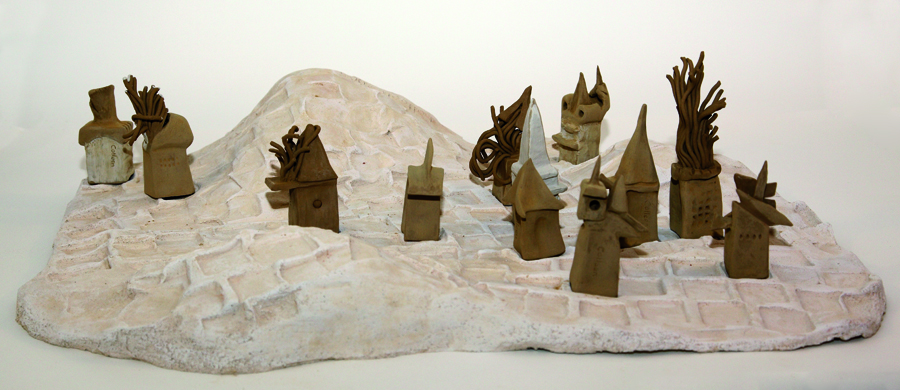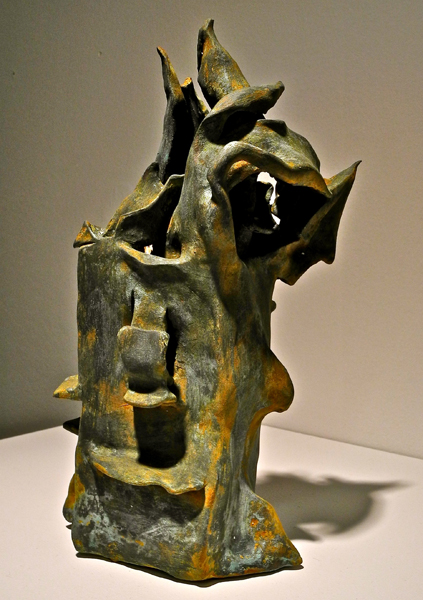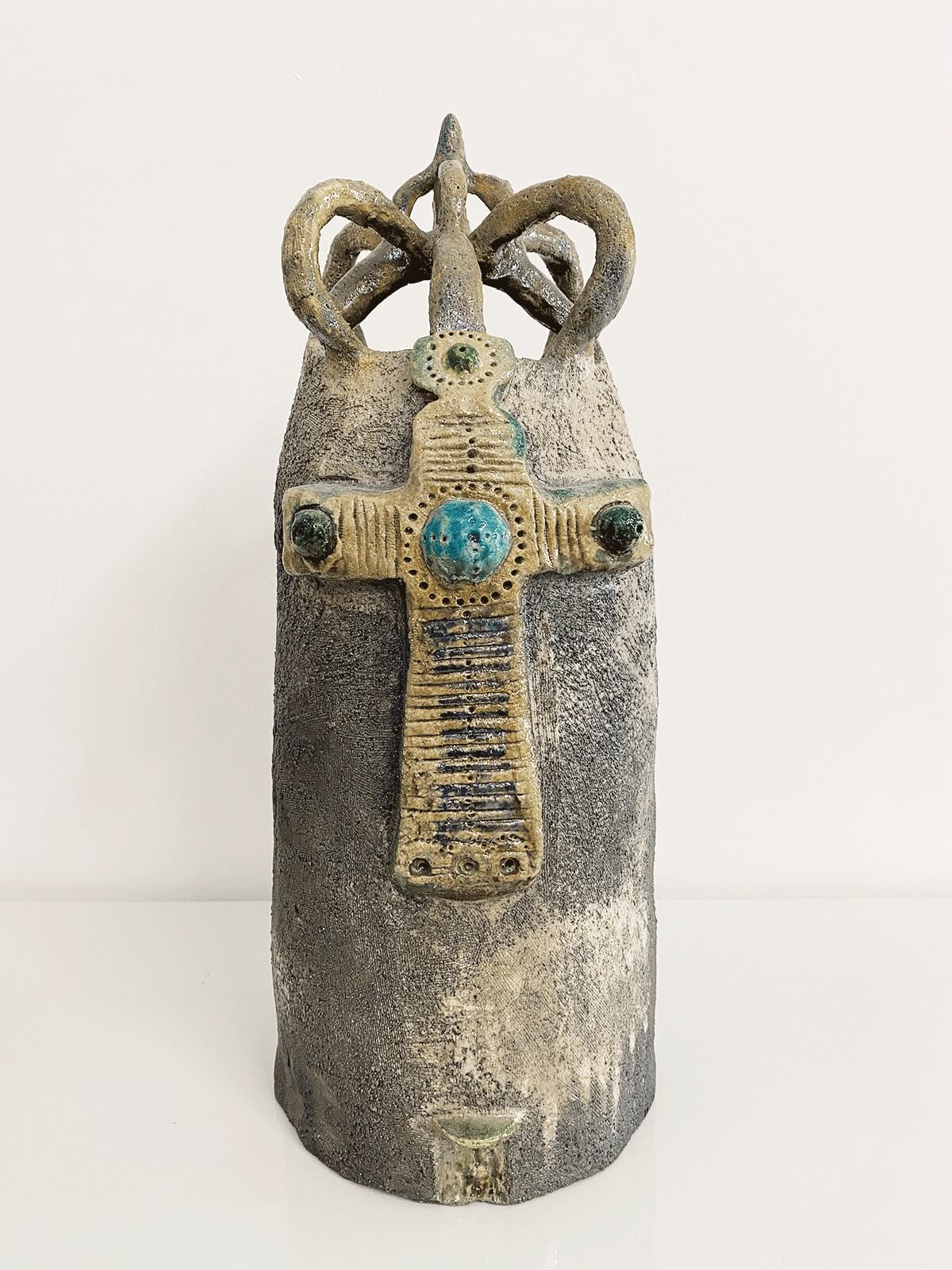Summoned to lay down the rules for the foundation of Perinthia, the astronomers established the place and the day according to the position of the stars; they drew the intersecting lines of the decumanus and the cardo, the first oriented to the passage of the sun and the other like the axis on which the heavens turn. They divided the map according to the twelve houses of the zodiac so that each temple and each neighborhood would receive the proper influence of the favoring constellations; they fixed the point in the walls where gates should be cut, foreseeing how each would frame and eclipse of the moon in the next thousand years. Perinthia -- they guaranteed -- would reflect the harmony of the firmament; nature's reason and the gods' benevolence would shape the inhabitants' destinies. Following the astronomers' calculations precisely, Perinthia was constructed; various peoples came to populate it; the first generation born in Perinthia began to grow within its walls; and these citizens reached the age to marry and have children. In Perinthia's streets and square today you enter cripples, dwarfs, hunchbacks, obese men, bearded women. But the worse cannot be seen; guttural howls are heard from cellars and lofts, where families hide children with three heads or with six legs. Perinthia's astronomers are faced with a difficult choice. Either they must admit that all their calculations were wrong and their figures are unable to describe the heavens, or else they must reveal that the order of the gods is reflected exactly in the city of monsters.
From: "The Invisible Cities" by Italo Calvino
 English
English
 Italian
Italian 
